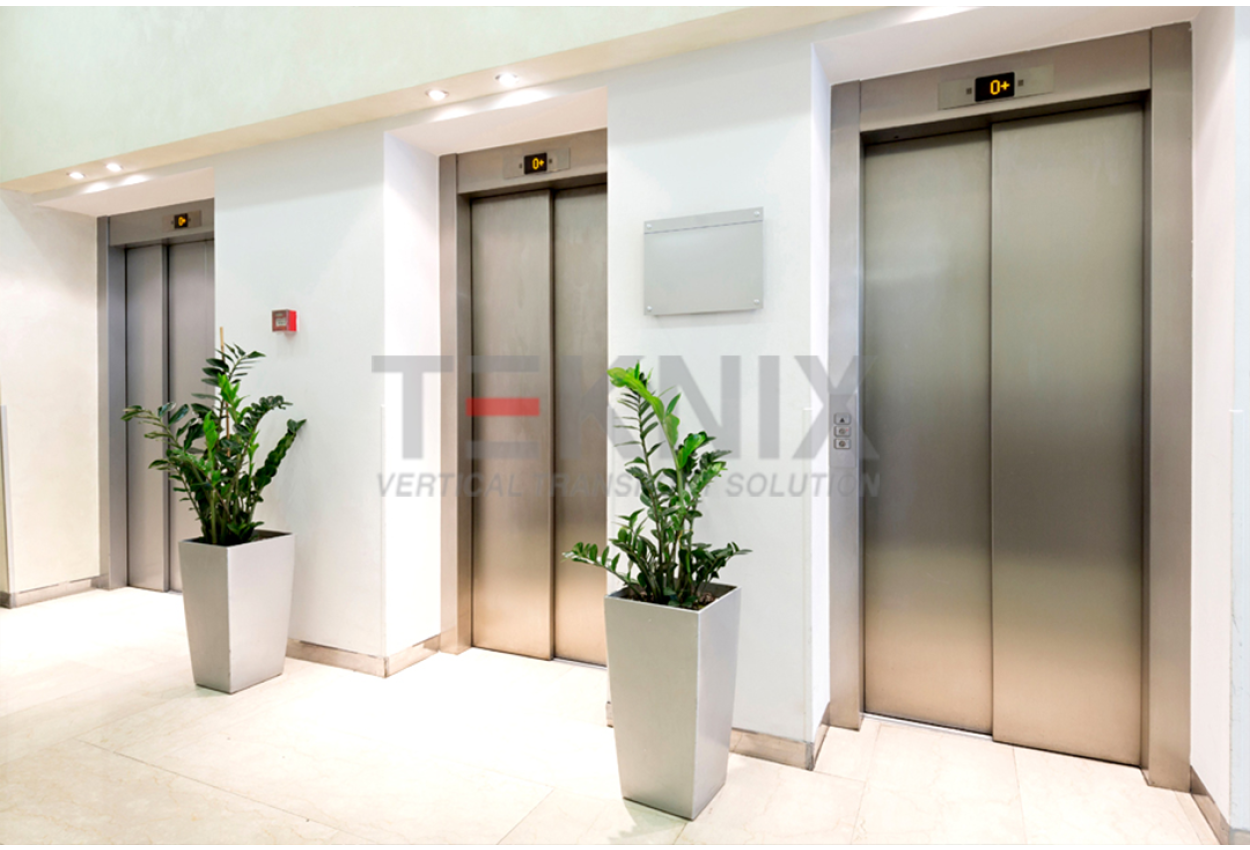London Lift Company: Relied On Specialists for All Your Upright Transport Demands
London Lift Company: Relied On Specialists for All Your Upright Transport Demands
Blog Article
Digging Into the Globe of Elevators: Typical Issues Encountered by Different Lift Mechanisms
As we browse through the upright transport systems of modern-day buildings, lifts stand out as an indispensable element of our day-to-days live. Nevertheless, behind their smooth operation exists a globe of elaborate devices that can in some cases run into challenges. From hydraulic lifts to grip systems and machine-room-less designs, each lift kind features its set of typical concerns. Understanding these difficulties is critical for guaranteeing the smooth performance of these essential systems. Let's check out the complexities that underlie the procedure of lifts and the possible issues that can occur, clarifying the intricate web of lift systems.
Hydraulic Lifts
Hydraulic lifts, often chosen for low-rise buildings, use fluid stress to manage the motion of the lift auto (lift repair companies). This device entails a hydraulic pump pressing oil right into a cyndrical tube, creating the lift to relocate the wanted instructions. While hydraulic lifts are understood for their peaceful and smooth procedure, they do include their own set of common issues
One common problem with hydraulic elevators is oil leak. In addition, problems with the control system, such as damaged shutoffs or a malfunctioning pump, can cause interruptions in the elevator's activity.
Routine maintenance and punctual repair services are vital to guarantee the smooth functioning of hydraulic lifts. By attending to these common concerns proactively, building proprietors can lessen downtime and guarantee the safety and performance of their upright transportation system.
Grip Elevators
When taking into consideration upright transportation systems in structures, another usual kind aside from hydraulic lifts is the traction elevator. Grip elevators run utilizing a system of ropes and weights that move the lift automobile by clutching onto the hoist ropes. This system permits smoother and quicker upright transportation contrasted to hydraulic systems.
Among the typical concerns faced by grip elevators is rope wear. The continuous activity of the ropes within the traction system can cause deterioration with time, potentially triggering the lift to malfunction or come to be hazardous for usage. Normal evaluations and upkeep of the ropes are necessary to make sure the lift's proper functioning and safety and security.
Another problem that grip lifts may experience is associated to the control system. Problems with the control system can cause concerns such as erratic motion, hold-ups in feedback times, or perhaps total closures. Regular testing and maintenance of the control system are vital to avoid such problems and make certain the elevator's dependability.
Machine-Room-Less (MRL) Lifts

One of the key elements of MRL elevators is the small gearless grip maker that is mounted within the hoistway. This maker successfully drives the elevator car without the requirement for bulky devices located in conventional grip elevators. Furthermore, MRL elevators typically utilize a weight system to balance the cars and truck, further improving their power effectiveness.
Despite their benefits, MRL lifts might encounter challenges related to repair and maintenance as a result of the confined space for equipment installation. Availability for servicing parts within the shaft can be restricted, calling for specialized training for technicians. Proper maintenance schedules and regular evaluations are important to make sure the ongoing smooth procedure of MRL elevators.
Overloading and Weight Limitation Issues
Are lifts furnished to manage excess weight tons effectively and safely? Overloading and weight limit Get More Info issues are crucial concerns in elevator procedures. Lift makers style lifts with particular weight capacities to ensure guest safety and security and tools durability. Surpassing these weight limits can lead to numerous issues, including mechanical failures, hold-ups, and security risks.
When lifts are strained, it places excessive strain on the electric motor, wires, and other components, potentially triggering breakdowns or breakdowns. If they discover Resources excess weight, safety and security systems such as sensing units and overload sensors are in area to avoid elevators from relocating. Additionally, surpassing weight restrictions can result in raised energy intake and wear and tear on the lift system.
To minimize overwhelming concerns, building managers need to prominently show weight restrictions in elevators and inform owners on the significance of sticking to these restrictions - lift repair companies. Regular maintenance checks by certified technicians can likewise assist make certain that elevators are operating within risk-free weight criteria. By dealing with overloading and weight limitation concerns proactively, structure proprietors can enhance elevator security and effectiveness
Electric System Failings
Exceeding weight limits in lifts can not just lead to mechanical problems but also possibly add to electrical system failures within the lift framework. Electric system failures are a vital issue in elevator procedure, as they can trigger unforeseen shutdowns, breakdowns, or even safety threats.
Additionally, power surges or variations in the electric supply can additionally interfere with the elevator's procedure, impacting its performance and safety and security. These electric disturbances can harm sensitive lift elements such as navigate to this website control panels, motherboard, or sensors, bring about system failings. Regular upkeep and evaluations are crucial to recognize and deal with possible electrical concerns immediately, ensuring the reliable and safe procedure of lift systems. By adhering to weight restrictions and carrying out regular electrical system checks, structure proprietors can reduce the threat of electrical failings in lifts.
Conclusion

Hydraulic elevators, usually chosen for low-rise structures, utilize fluid stress to regulate the movement of the lift car.When taking into consideration vertical transportation systems in buildings, one more common kind apart from hydraulic elevators is the grip lift. Grip elevators operate using a system of ropes and counterweights that move the lift automobile by gripping onto the hoist ropes. Unlike standard lifts that require a separate maker area to house the equipment, MRL elevators integrate many of the parts within the shaft, removing the need for a specialized equipment area.In conclusion, elevators deal with typical concerns such as hydraulic breakdowns, grip system failures, and electrical system problems.
Report this page